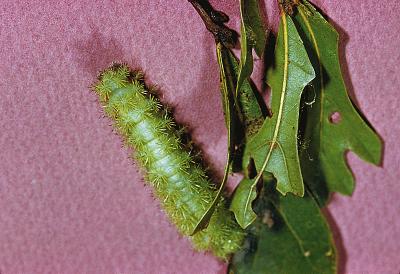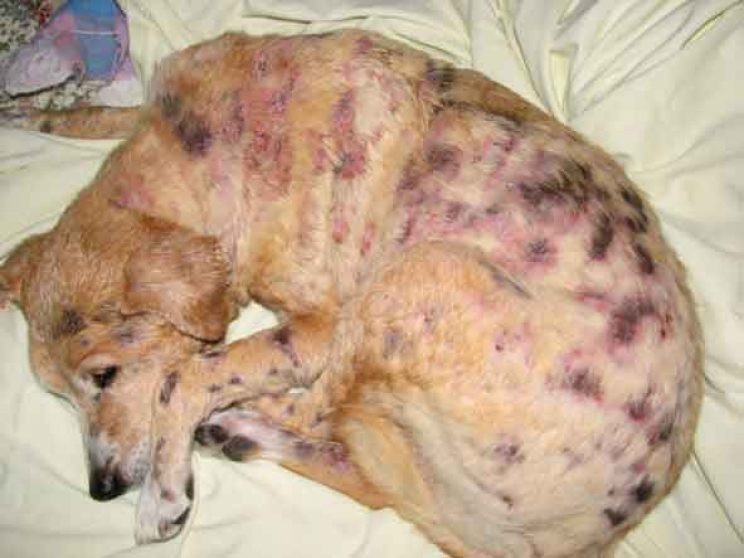Just like us humans, our four-legged friends can develop allergies over the course of their lives. How exactly do they work, and how can they be avoided?
What are they
Allergies are exaggerated reactions of our body against products normally present in the environment that are absolutely harmless.
The organism, due to genetic predisposition or due to too much exposure to these substances, starts to believe that they are harmful even if they absolutely are not. Common foods such as chicken or milk or substances normally present in the air such as mites or plant pollen, stimulate (when they come into contact with the organism of an allergic animal) a reaction similar to that which would occur if there were something much more dangerous. It is a completely unjustified reaction.
Thus, the substance comes into contact via the skin, via the lungs or it might be digested, which reacts by releasing a substance called histamine: histamine, in return, stimulates a reaction that leads to a large dilation of the blood vessels, which carry blood to defensive cells to the spot where the contact took place. The body is basically preparing itself for an imaginary war against no one.
This strong inflammation can lead to the appearance of symptoms that vary according to the affected part of the body. Skin exposure can cause itching and redness of the skin, in some cases even pain. Contact via the digestive system, between the body and a food that has been ingested, causes irritation of the system, which can manifest itself in symptoms such as vomiting and diarrhea.
However, the system that has the most serious reactions is the respiratory system, because generally the larynx, (the throat) experiences the reaction. The walls get irritated, which in some cases simply give rise to coughs and sneezing, while in severe cases they can become so large as to obstruct the passage of air between the mouth and lungs, even leading to suffocation.
However, one of the most serious consequences of this situation is the anaphylactic shock: this occurs when the contact with the allergen is so intense (generally if it has been ingested) that a lot of blood is drawn back to the point where the reaction occurs.
If the blood is all concentrated there, there won't be enough left to make vital organs like the lungs, heart or brain function, and if you don't act quickly this situation can lead to death in no time.
How should I treat and prevent allergies?
Unfortunately, there is currently no real cure for allergies.
However, there are medicines that calm the allergic reaction, and they are antihistamines, drugs that counteract the action of the substance that initiates the entire reaction, the histamine we mentioned earlier.
If we are aware that our dog or cat is allergic to something, we must always keep these medicines on hand and administer them in case of a reaction. Obviously, the vet has to prescribe these medicines.
If, on the other hand, we do not know whether the dog or cat is actually allergic to something or not, we observe if they have particular symptoms such as persistent diarrhoea, skin redness and some difficulty in breathing, not continuous but which boosts at certain precise moments.
With the advice of the veterinarian, we will have to try to understand what causes the allergy, and try to keep the animal away from it or avoid contact.
For foods, we gradually remove each food he eats, alternately, and see when the diarrhoea subsides. If, for example, we don't give chicken for a week and the animal is fine, it could be allergic to chicken.
For skin reactions, we must pay attention to the dog's habits and its encounters during walks, including plants. If the reactions are above the back, the allergen will be something higher than the dog, if they are under the belly it could be a particular grass, if they concern only the paws something on the ground: let's think in this sense to try to understand what the allergen is and when we understand it we avoid contact.

Finally, with regard to respiratory reactions we must pay attention to everything that may be in the air: pollen (the allergy will occur seasonally), hay (it will occur when the animal enters the barn, if we have it) hair of some animal (cat, for example, if it's a dog). Clearly, we must avoid the contact with the allergen (substance producing the allergy).
Allergies, in fact, cannot be cured, but allergic reactions can be prevented: it takes patience and attention, but we can guarantee our dog or cat a practically normal life.










